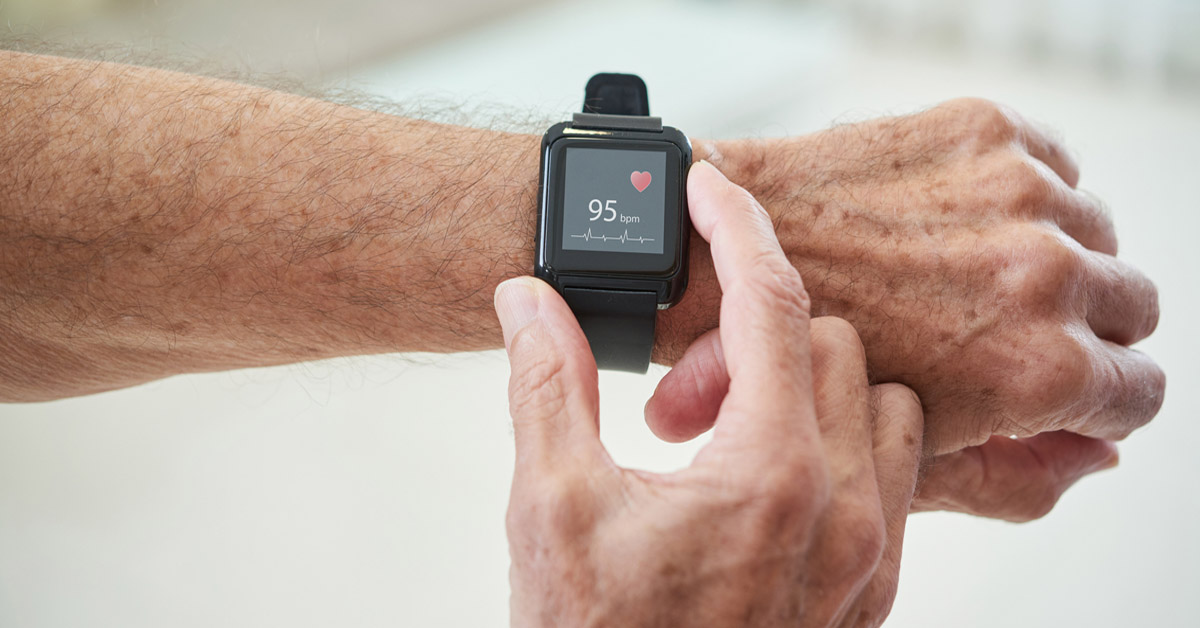Heart attacks don’t always announce themselves with dramatic chest pain as portrayed in movies. Often, they begin with subtle symptoms that can be easy to dismiss. However, most heart damage occurs within the first two hours of a heart attack. Therefore, it’s critical to act quickly and recognize the early signs of a heart attack.
Why heart attacks are so dangerous
Heart disease is the leading cause of death for men and women of most racial and ethnic groups in the United States, according to the Centers for Disease Control and Prevention (CDC). Estimates show that one American dies every 37 seconds from cardiovascular disease. The most common type of heart disease among Americans is coronary artery disease, which can lead to a heart attack.
Most Americans know about the most common symptoms of a heart attack:
- Chest discomfort
- Shortness of breath
- Nausea
- Lightheadedness
- Breaking out in a cold sweat
- Pain extending to the shoulder, one or both arms, jaw, neck or back
However, many heart attack patients experience symptoms hours or even weeks before the actual attack.
What are the early signs of a heart attack?
If you identify any of these early warning signs and symptoms in yourself or in a loved one, they could be experiencing early signs of a heart attack. Take immediate action – go to the nearest emergency room or call 911 if symptoms are severe.
- Chest pain or discomfort that feels like pressure, squeezing, aching or burning
- Shortness of breath without exertion
- Back pain
- Nausea or vomiting
- Anxiety
- Excessive fatigue or weakness
- Pain in the jaw, neck, back, stomach or one or both arms
- Pain that travels down one or both arms
- Heartburn
- Feeling of fullness
When they first start, these symptoms can be mild or come and go. However, over time, the symptoms can become more intense.
Symptoms in men vs. women
Women often experience heart attacks differently than men. They’re more likely to have:
- Unusual fatigue
- Sleep disturbances
- Shortness of breath
- Indigestion or heartburn
- Anxiety
- Pain in the back, shoulders or jaw
These symptoms may be subtler and easier to attribute to stress, the flu or aging.
Know your risk factors
Certain factors increase your risk of a heart attack. Major risk factors include:
- High blood pressure
- High cholesterol
- Smoking
- Diabetes
- Family history of heart disease
- Age (risk increases with age)
- Chronic stress
- Poor diet and lack of exercise
- Obesity
Preventing a heart attack
Although there’s no certain way to avoid having a heart attack, there are steps you can take to lessen or minimize your chances:
- Regular check-ups to monitor blood pressure, cholesterol and diabetes
- Eating a heart-healthy diet rich in fruits, vegetables, whole grains and lean proteins
- Regular physical activity (aim for at least 150 minutes per week)
- Maintaining a healthy weight
- Avoiding or quitting smoking
- Managing stress
- Limiting alcohol consumption
What to do if you have symptoms
If you experience any symptoms that might indicate a heart attack, don’t wait to see if they go away. Calling 911 immediately can make the difference between life and death. Emergency medical services (EMS) staff can begin treatment when they arrive, much sooner than if someone drives you to the hospital.
How we can help
Minutes matter – fast treatment can limit damage to your heart and ultimately save your life.
Recognizing these early signs of a heart attack may help you save a life, whether it’s your own or of someone you know. However, meeting with your primary care provider regularly can help you learn about your risk factors and improve your heart health.
Want to learn more about your heart health? Learn about the heart and vascular care services we provide at Bon Secours.




